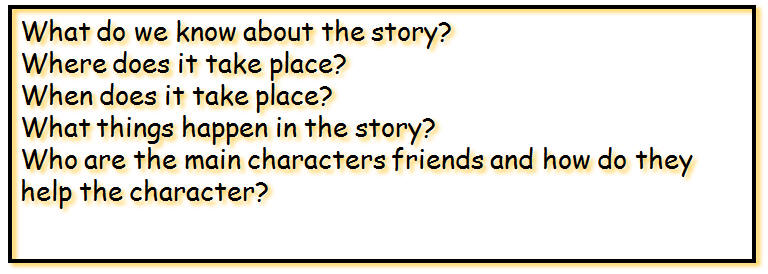|
Look for
changes in the story where the character is put into a
different position, something changes or a statement is made
that you can see opportunities to develop a product or
provide a solution.

Starting with questions
If the design
challenges don’t jump out to
you or your class, a good way to
start is by using the 5 W’s (Who, When, Where, What, Why)
plus How in question format to begin. As an example you can
ask
yourself the following questions:
-
What
activity or item that focuses around science (habitant,
weather, energy, materials) can we design a device to
change or enhance the story?
Students need questions to turn on their
intellectual engines and they need to generate questions
from our questions to get their thinking to go somewhere.
Thinking is of no use unless it goes somewhere, and again,
the questions we ask determine where our thinking goes.
|
![]()